Covid-19 sparks designer sanctuary home
By Cecilia Chow
/ EdgeProp Singapore |
When Roy Teo, founder of The Mill Group of design companies, started XXII Century (pronounced “22nd Century”) in 2003, his focus was on forward-thinking designs. These included movable walls that allow a home to evolve with a person’s changing lifestyle needs over time. “Homeowners wouldn’t have to hack away walls to make more space,” explains Teo. “I looked at it from a functional point of view, where everything else was added on as layers and was not permanent. I felt that one shouldn’t be fixated on a certain design style.”
The living room of the bungalow at Coronation Road West that Roy Teo recently made over with warm, earthy tones and Hermes products to reflect luxury, quality, comfort and soulfulness (Photo: Samuel Isaac Chua/EdgeProp Singapore)
At that time, the vision of XXII Century was considered “ahead of its time” and well received by only a select group. Teo founded other design companies before that, namely The I.D. Dept in 1998, followed by Kri:eit Associates and Splendor; and made a name for himself in the design of luxury homes, developers’ sales galleries and showflats.
“But Covid-19 and the lockdown made people reach in and look at things from a new perspective,” he says. “People have adopted a lifestyle where spaces within their homes need to serve multiple purposes, and yet be the ultimate safe haven.” That change in perspective led to a quantum leap in the way people look at adaptability of space and design. XXII Century suddenly became very relevant.
Teo therefore spent the past two months making over a 2½-storey bungalow that he owns at Coronation Road West into a home that embodies XXII Century’s ideals.
Advertisement
Teo: But Covid-19 and the lockdown made people reach in and look at things from a new perspective. People have adopted a lifestyle where spaces within their homes need to serve multiple purposes, and yet be the ultimate safe haven (Photo: Samuel Isaac Chua/EdgeProp Singapore)
‘Your own oasis’
At the start of the “circuit breaker”, he did a survey of everyone he knew to find out what they missed most, and what they enjoyed most, about working from home.
There was certainly a newfound appreciation for the outdoors. “Those living in condos said their balconies were their favourite place. They could enjoy the fresh air while remaining in the safety of their own private space,” says Teo. Seeing the number of people jogging or cycling on weekdays and flocking to parks reinforced his belief that people wanted outdoor activity but may not necessarily have the space in their own homes, he adds.
Many of the bungalows, including Good Class Bungalows, were designed to maximise gross floor area, hence they lack a garden, notes Teo. For the house at Coronation Road West, he focused on creating a landscaped garden, with chengal decking around the perimeter of the house. The deck varies in depth to accommodate different functions: an outdoor dining area, poolside seating, a cabana as well as pockets of “fun additions”, such as a hammock over the pool and a swing next to the pool. There is even an alfresco spa area.
The deck varies in depth to accommodate a dining area, cabana as well as pockets of “fun additions”, such as a hammock over the pool and a swing next to the pool (Photo: Samuel Isaac Chua/EdgeProp Singapore)
Trees planted around the perimeter of the house were selected as they were the most effective as a screen and for providing privacy. Plants and trees have also been strategically placed so that the views from the house are of the greenery. Big glass sliding doors of the house open out to the garden, the outdoor dining area, the swimming pool or the al fresco spa. Mirrors have been strategically placed in the living and dining area to reflect the garden and swimming pool outside, further reinforcing the connection between the interior and exterior of the house, says Teo.
“The idea is to create your own sanctuary, so that no matter how much time you spend at home — two months or longer — you have everything you need in your own little oasis,” he adds.
Mirrors have been strategically placed in the living and dining area to reflect the garden and swimming pool outside, further reinforcing the connection between the interior and exterior of the house (Photo: Samuel Isaac Chua/EdgeProp Singapore)
Reassessment of what a home means
Speakers have been installed around the house, both indoors and outdoors, so that one can enjoy music in every part of the home. All the lights within the house were changed to LED (light emitting diodes), low-energy-consumption lights. The lighting system was reorganised so that it was more efficient and effective, with minimal number of lights, adds Teo. Intelligent home switches are also used with timers to regulate the lights outside in order to conserve energy.
Advertisement
Covid-19 has also led to a reassessment of what really matters in a home. “While the luxuries in life are still important, it’s about creating a home that balances grandeur and comfort,” Teo says. “It is about soulfulness. So I used warm, earthy hues and Hermes products to symbolise quality and the luxury that one is accustomed to.”
In the living and dining areas, Teo designed cove lighting with a sloped ceiling to create an airy, “coastal style” interior. Teo says: “The timber fins serve more than just an aesthetic feature. The rear fins have reflectors that create a visual sense of depth.”
The more casual, Mediterranean-style, dining alcove (Photo: Samuel Isaac Chua/EdgePropSingapore)
The multi-dimensional dining area was a concept that Teo has always wanted to create. On the one end, next to the dry kitchen, is a counter-height dining table and chairs, designed in cherry wood and burnt orange leather upholstery. “It’s like a French culinary experience, where you sit upright and enjoy the food, but in the relaxed ambience of your home,” he adds.
At the dining alcove, it is a more casual, “Mediterranean style” experience, where Teo’s Donghia chairs were turned into low chairs, inspired by ottomans, and re-upholstered in expensive leather of burnt orange, similar to the banquette around a low height dining table on caster wheels designed by Philippe Starck. A countertop nearby doubles as a buffet or drinks counter, with storage space below.
The yoga and meditation room can easily be converted into a guest bedroom (Photo: Samuel Isaac Chua/EdgeProp Singapore)
Multifunctional luxury
The furniture and spaces within the house were designed to be versatile and multifunctional. For instance, a room on the first level of the house has been designed as a yoga or meditation area, with sliding glass doors opening out to the pool. A swing has been installed so that even a grown man can swing right into the pool, says Teo.
The room can be easily converted into a guest bedroom by installing a Murphy bed. The room has an en suite bathroom, which is designed to be “spa-like”, and also doubles as the common bathroom. Adjacent to the bathroom is an al fresco spa area with a view of the garden. “The idea is that you could have your own home spa,” he adds.
Advertisement
The dry kitchen was recently refurbished and can be used as a bar in the evenings, a breakfast juice bar or buffet counter when entertaining. “It forms the heart of the house,” says Teo. A hole was hacked in the wall between the wet and dry kitchens to create a glass window with a sliding panel that acts as a servery; and floating shelves. “The glass window creates a visual connection between the dry and wet kitchens,” he explains.
The counter-height dining area next to the dry kitchen, which also doubles as a breakfast juice bar or a buffet counter (Photo: Samuel Isaac Chua/EdgeProp Singapore)
The wet kitchen is newly equipped with a full suite of Gaggenau kitchen appliances, including a built-in coffee machine and a steamer “for a semi-professional culinary experience”, says Teo. The kitchen has a connecting door to the helper’s room and en suite bathroom. Glass sliding doors near the kitchen open out to the garden and the spa.
Besides experimenting with space and design, Teo has also been experimenting with materials used. For instance, the flooring on the first level is of engineered timber. It is more durable, and owners will not have to worry about dragging a heavy piece of furniture across the floor, he adds.
The wet kitchen is newly equipped with a full suite of Gaggenau kitchen appliances, including a built-in coffee machine and a steamer (Photo: Samuel Isaac Chua/EdgeProp Singapore)
The staircases, flooring and built-in wardrobes on the upper floors, on the other hand, are of real teak wood. There are three bedrooms on the second level: two en suite bedrooms and a junior master suite. All the bedrooms come with an en suite private balcony as well. The balconies are large enough for morning exercise like tai chi or yoga.
The junior master bedroom has a generous wardrobe area and a secret vault. The bedroom is big enough to comfortably fit in a four-poster bed and it has its own private balcony. The junior master bathroom comes with separate shower and water closet as well as a vanity top with double sinks. The junior master bedroom is sizeable enough to be used as the master suite, says Teo.
The junior master suite with a semi-walk in wardrobe and a secret vault (Photo: Samuel Isaac Chua/EdgeProp Singapore)
Versatile spaces
The master bedroom on the attic level comes with a pitched ceiling and wraparound balcony. It has a luxurious en suite master bathroom with a standalone bathtub, separate shower enclosure and full-length vanity top with double sinks. The master bathroom is connected to another room, which can be used as a walk-in wardrobe and dressing room, says Teo.
Alternatively, the homeowner could turn the entire attic level into a home office and hobby room or home entertainment area. That is why Teo deliberately left the third level unfurnished to allow homeowners to reimagine the use of the space according to their lifestyle needs. “It can even be turned into a studio apartment for a multi-generational family,” he adds.
Entrance to the master suite which can also be turned into a home office and hobby room or converted into a studio apartment (Photo: Samuel Isaac Chua/EdgeProp Singapore)
When Teo was based in the UK three years ago, he had originally designed the property at Coronation Road West as a tropical resort home for his family when they came back to Singapore for holidays.
Having made over the bungalow recently, Teo says: “If there’s another lockdown, you wouldn’t mind staying here for another two months. It’s like your own resort.”
The master bathroom also connects to another room which can be used as a walk-in wardrobe and dressing room or a hobby room (Photo: Samuel Isaac Chua/EdgeProp Singapore)
For Teo, it marks the maiden project under XXII Century.
He intends to actively look for old properties in Singapore and around the world, which can be restored or repurposed for alternative uses. These include not just residential properties, but also disused industrial warehouses and even office buildings.
“I’m really excited about this, and I’ve spent the last two weeks looking for properties around the world,” he says. “I’m looking at one in Lake Como [in Italy’s Lombardy resort area] which could certainly benefit from a makeover to make it relevant again, either for an end-user or to be resold. This is our contribution in terms of property development — impact design.”
The bungalow at Coronation Road West has a 17m frontage and can be redeveloped into a pair of semi-detached houses in the future (Photo: Samuel Isaac Chua/EdgeProp Singapore)
On the market for $12.8 million
The bungalow at Coronation Road West is now on the market with a price tag of $12.8 million. Alvin Choo, division director for investment sales & affluent markets, ERA Realty, has been appointed the exclusive marketing agent. The house has a built-up area of about 6,000 sq ft.
The property sits on a freehold site, and occupies a land area of about 6,290 sq ft, which includes a strip of state land of about 1,000 sq ft in front of the property. For the use of the land, the annual rent is about $3,000, which translates to about $250 a month, says Choo.
Located in prime District 10, the property is situated right in the middle of Coronation Road West and Coronation Road. It is accessible via both Holland Road and Bukit Timah Road. It is near Orchard Road, Holland Village and the Dempsey Hill F&B enclave, as well as top schools such as Hwa Chong International School, Middleton International School, Nanyang Girls’ High School and Raffles Girls Primary School. This makes it a sought-after neighbourhood for families with children of school-going age.
Choo: For buyers, this property is ideal for wealth preservation, coupled with future exciting redevelopment potential and hence future capital gain (Photo: Samuel Isaac Chua/EdgeProp Singapore)
“The property is a beautifully designed, ready-built home sitting on a site with triple frontage, which is rarely available,” says Choo.
With a 17m frontage, the house has the potential to be redeveloped into a pair of semi-detached houses. This presents several possible future scenarios. “You can subdivide the land, move into one of the semi-detached houses, while your grown-up child can move into the other,” says Choo. “You can create a separate entrance or a central entrance to both houses, much like a dual-key landed property.”
Another scenario would be to develop a pair of semi-detached houses, sell one of them, and retain the other for one’s own use, adds Choo.
A unique attribute of the existing property is that it is 2½ storeys in height, but has the potential to be redeveloped into a 3½-storey detached house or a pair of 3½-storey semi-detached houses, excluding basement. “For buyers, this property is ideal for wealth preservation, coupled with future exciting redevelopment potential and hence future capital gain,” says Choo.

1 of 16
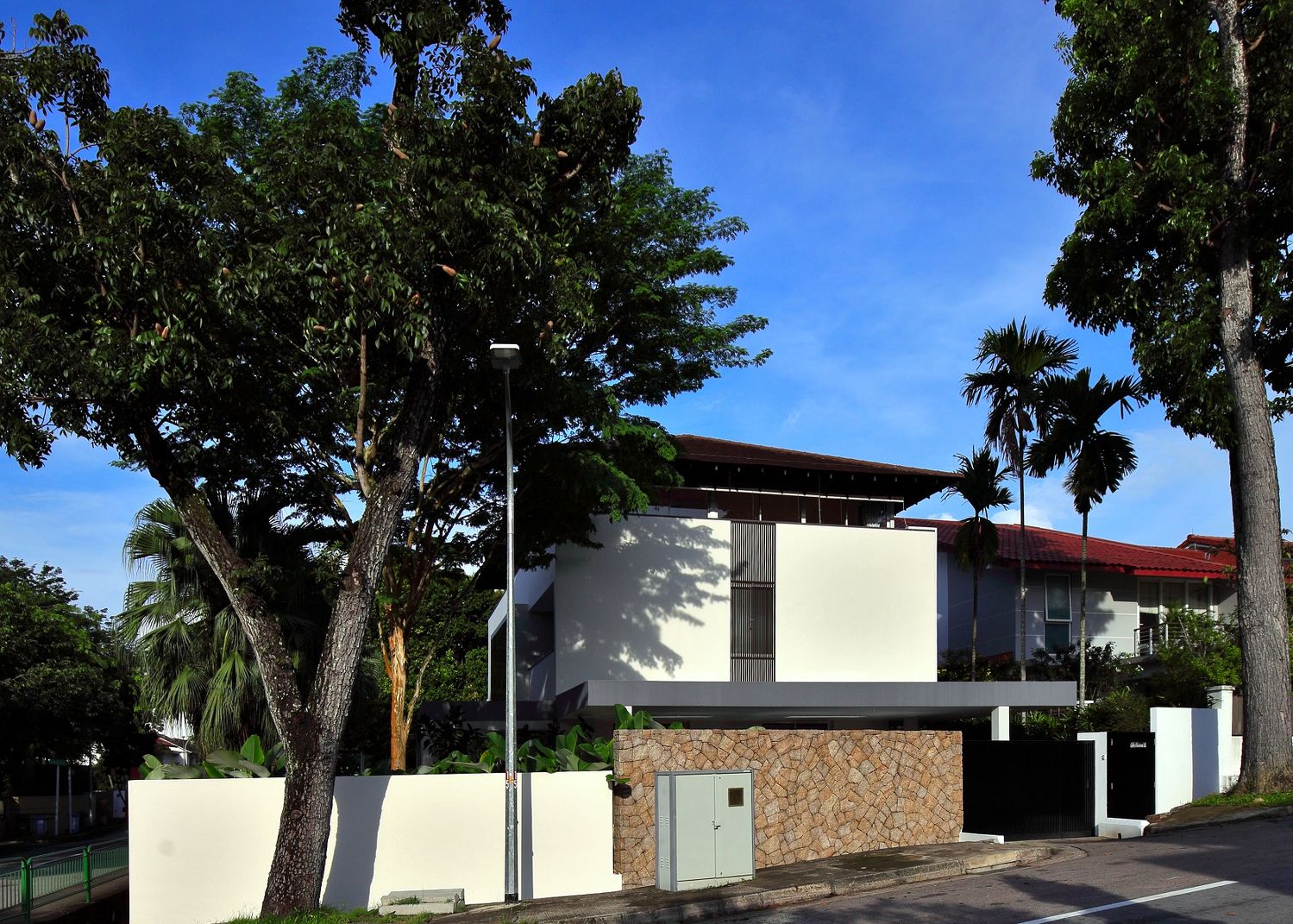
2 of 16
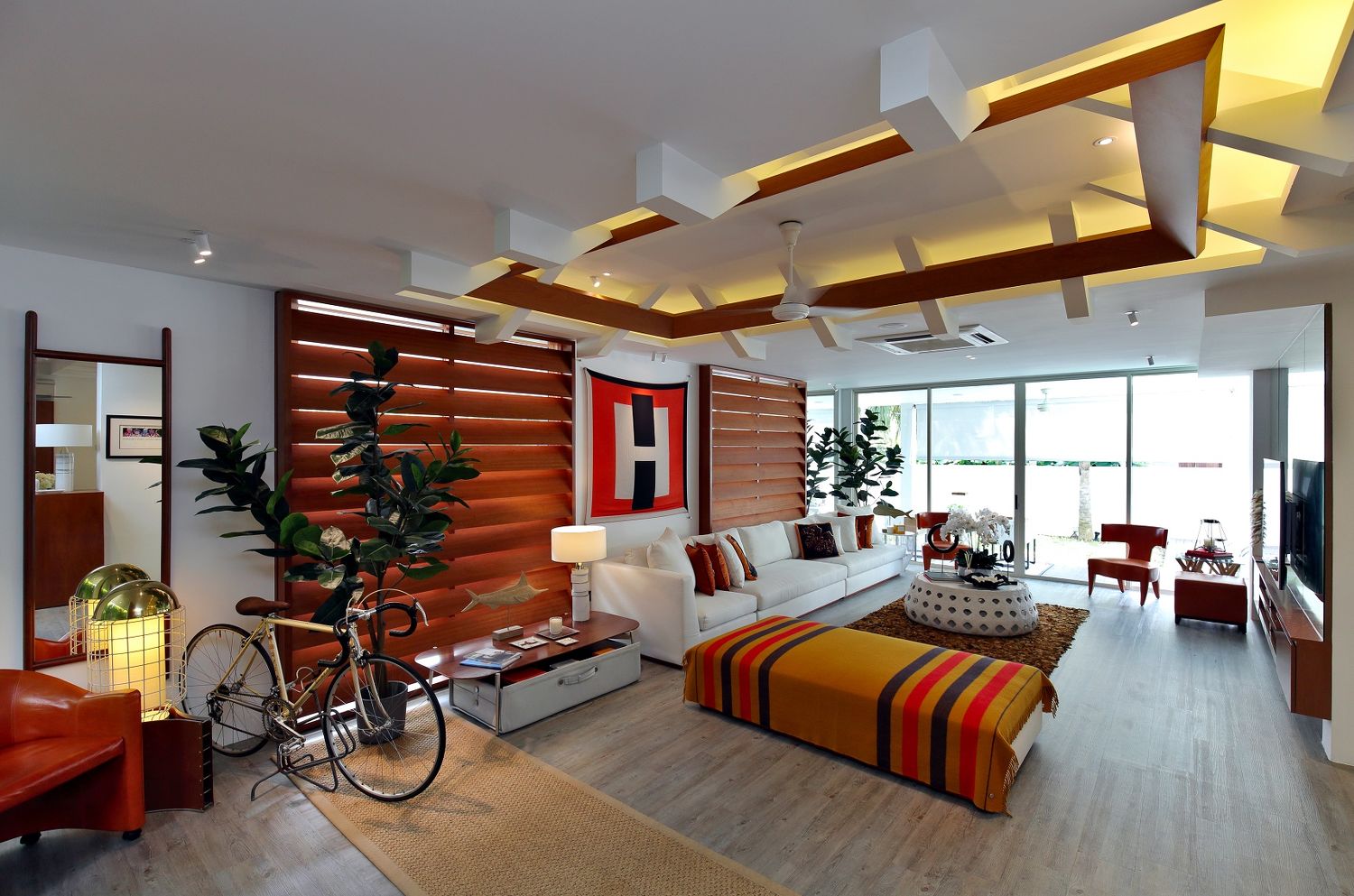
3 of 16
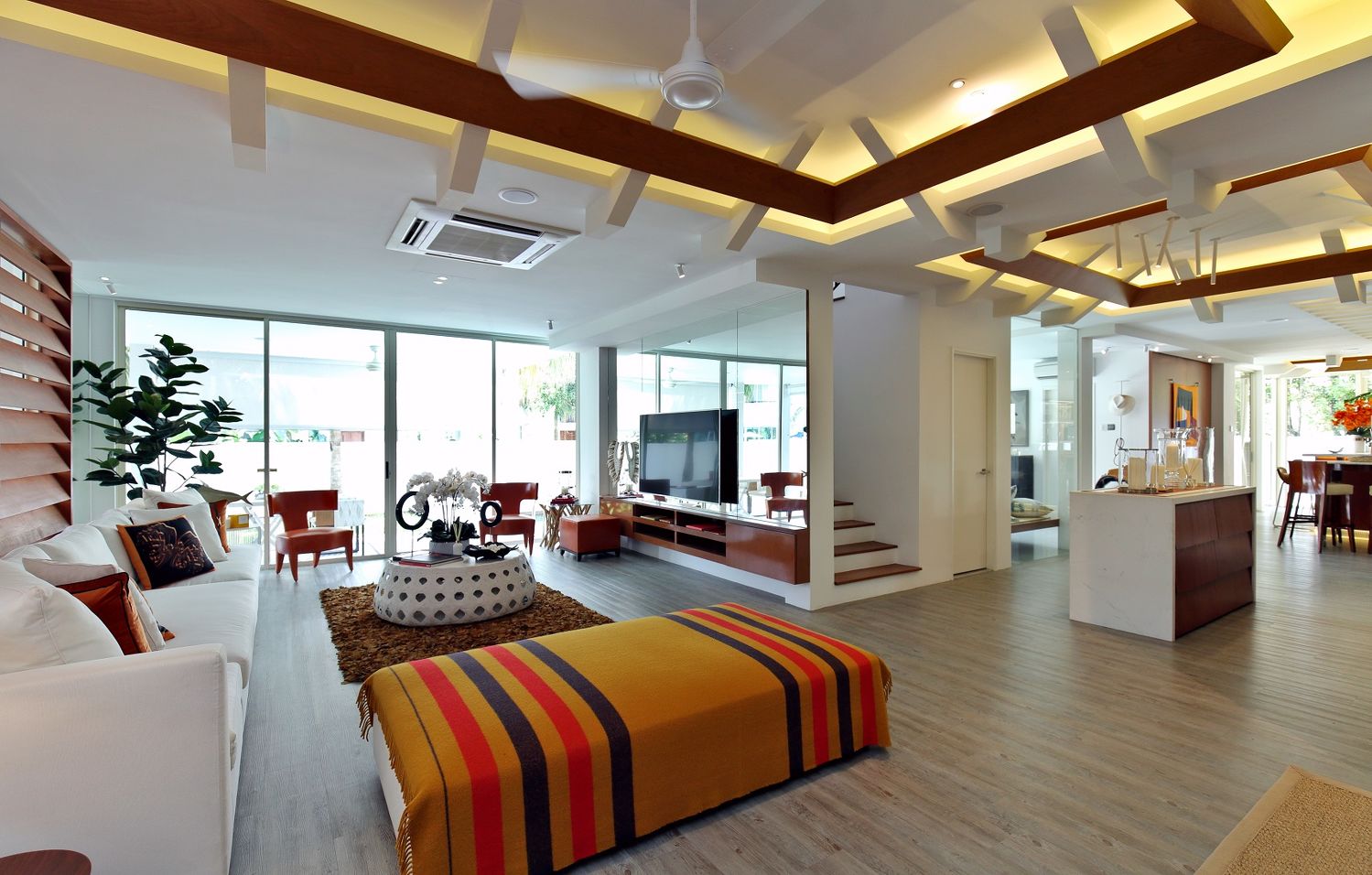
4 of 16
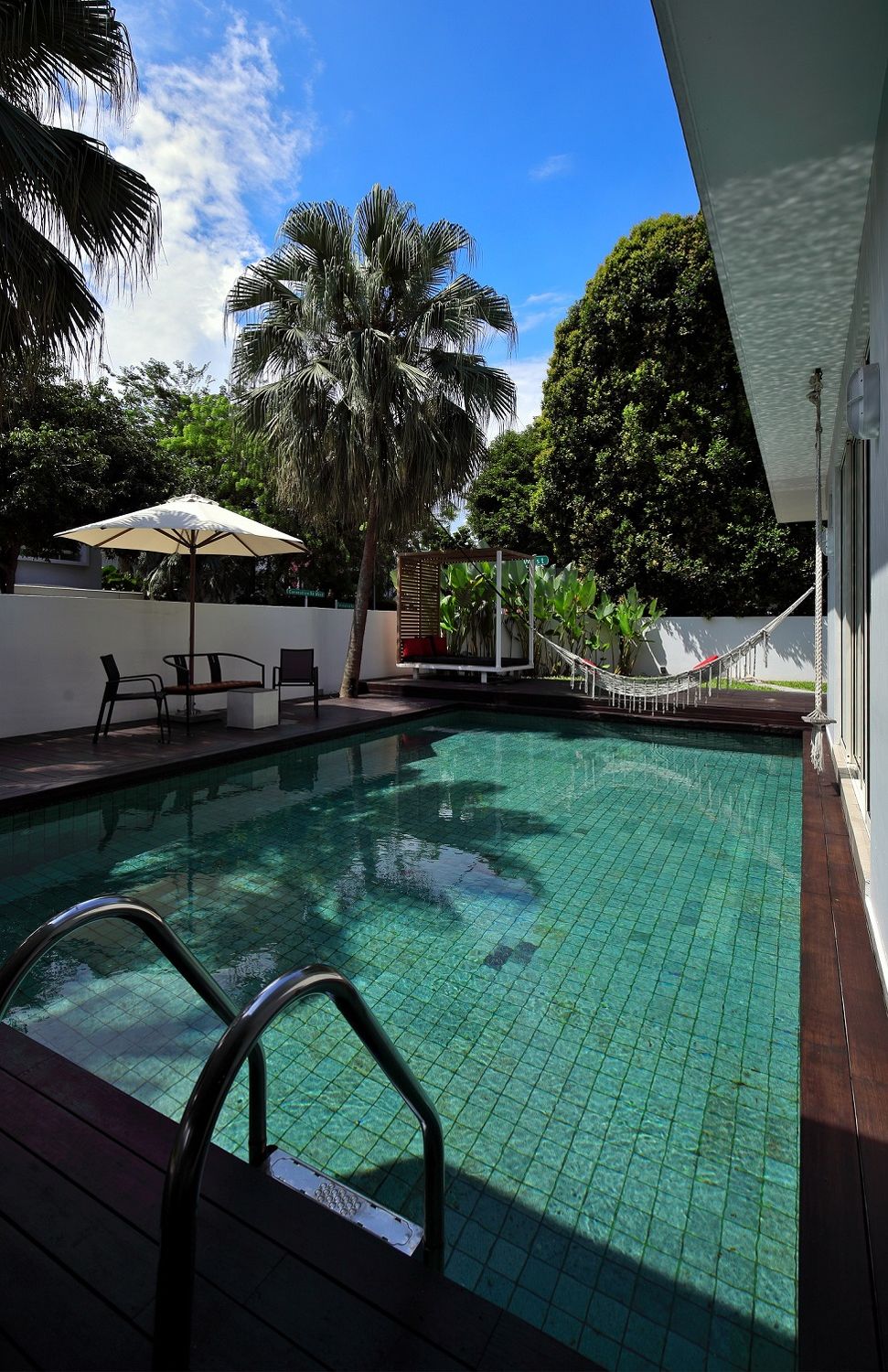
5 of 16
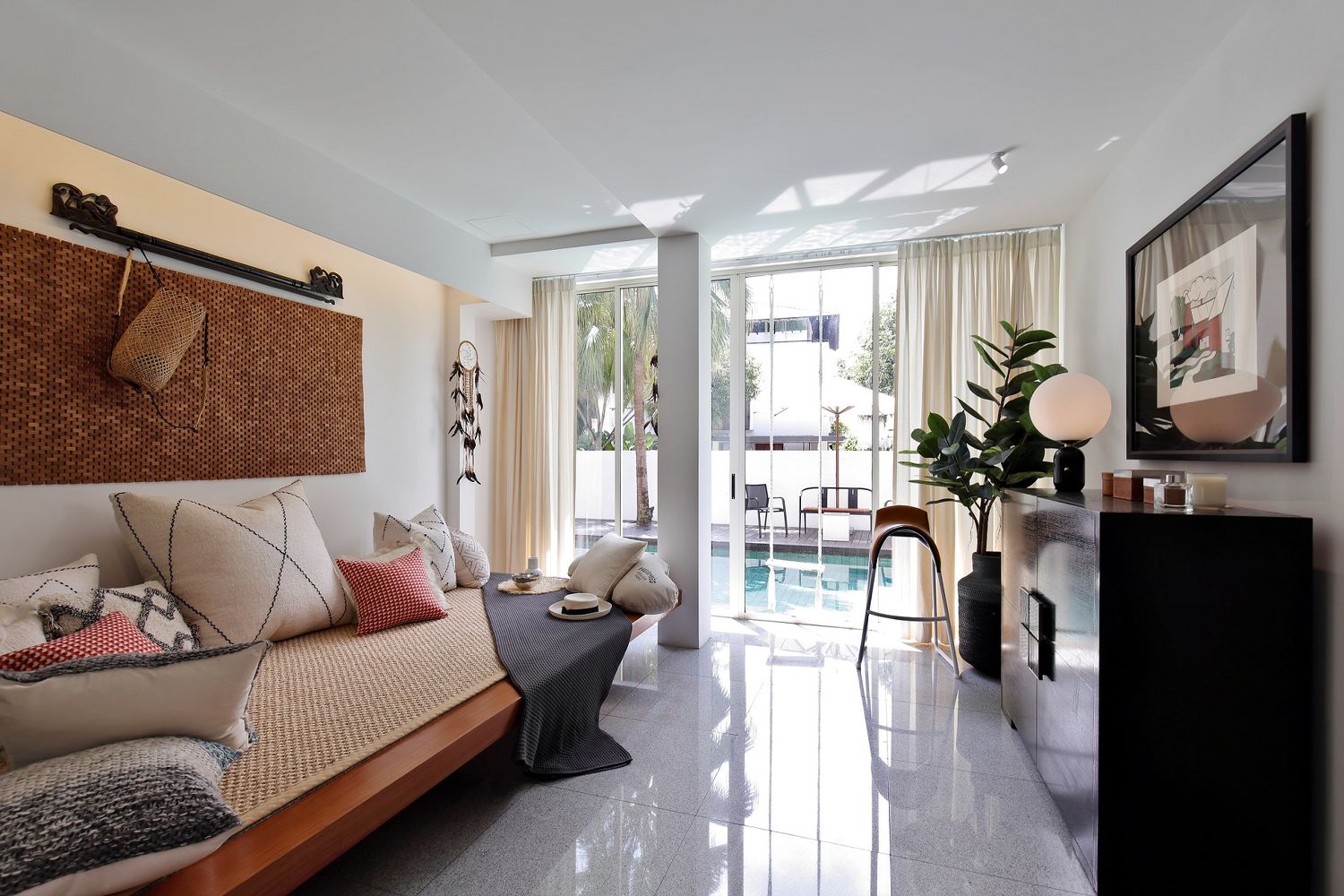
6 of 16
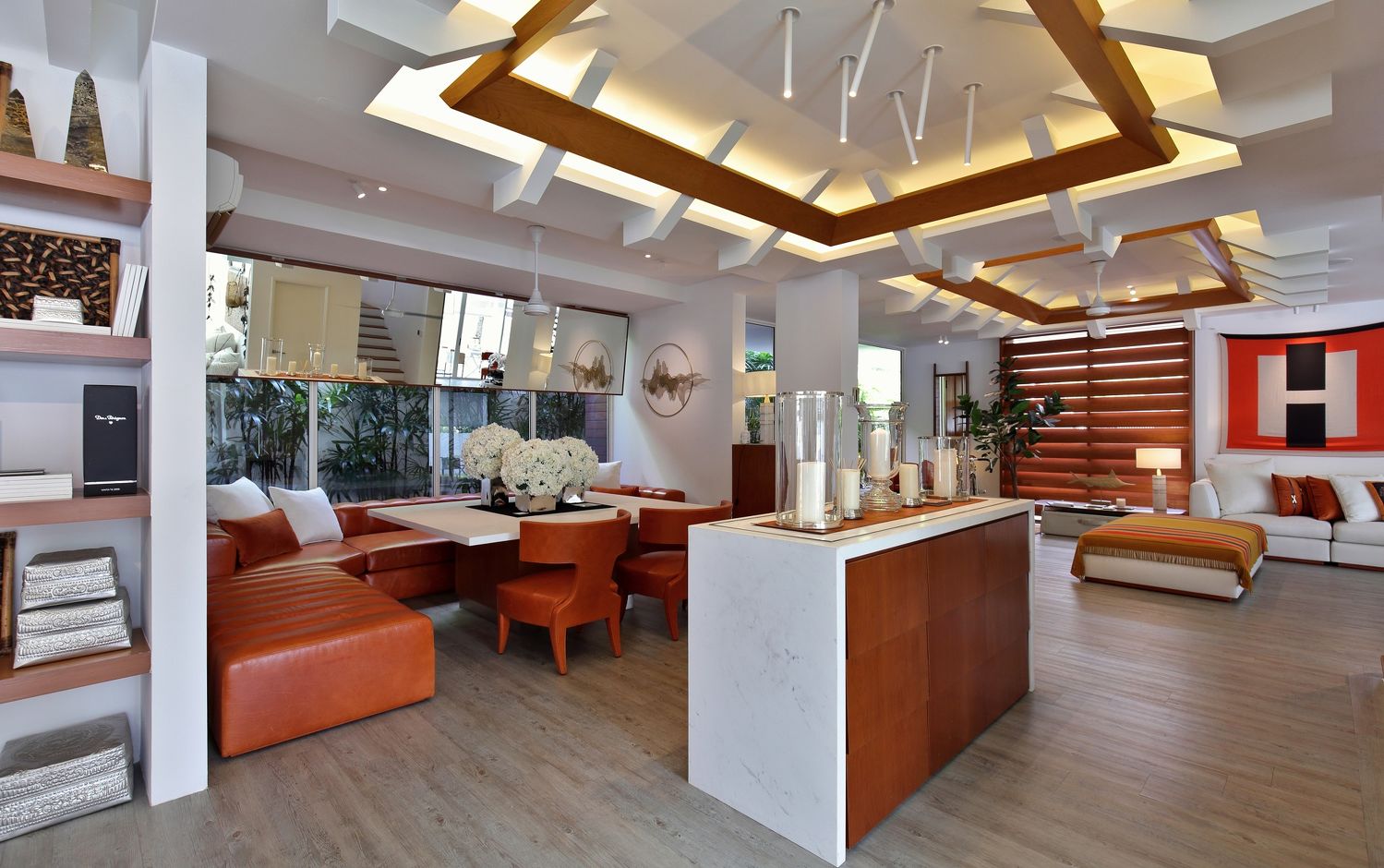
7 of 16
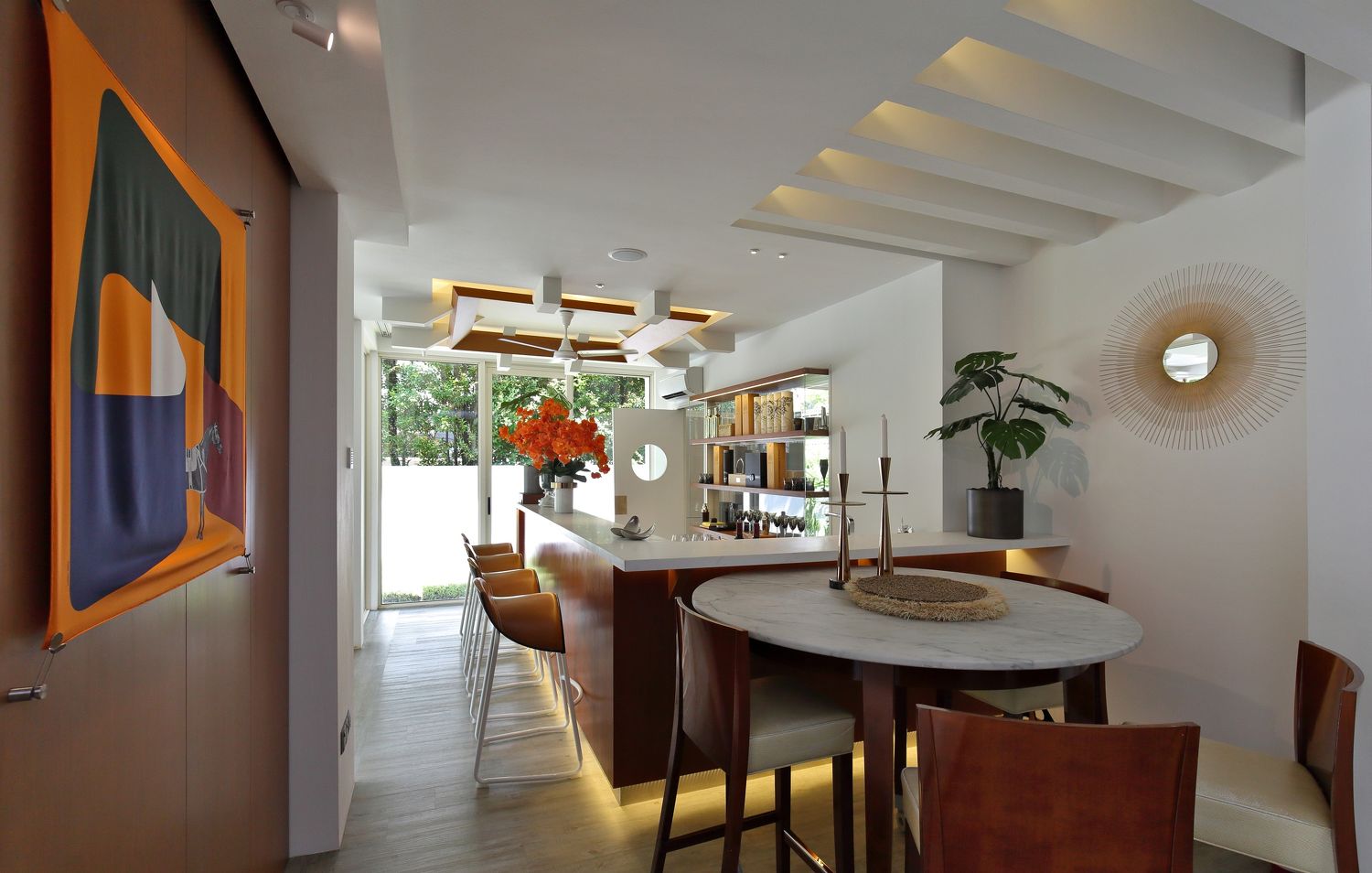
8 of 16
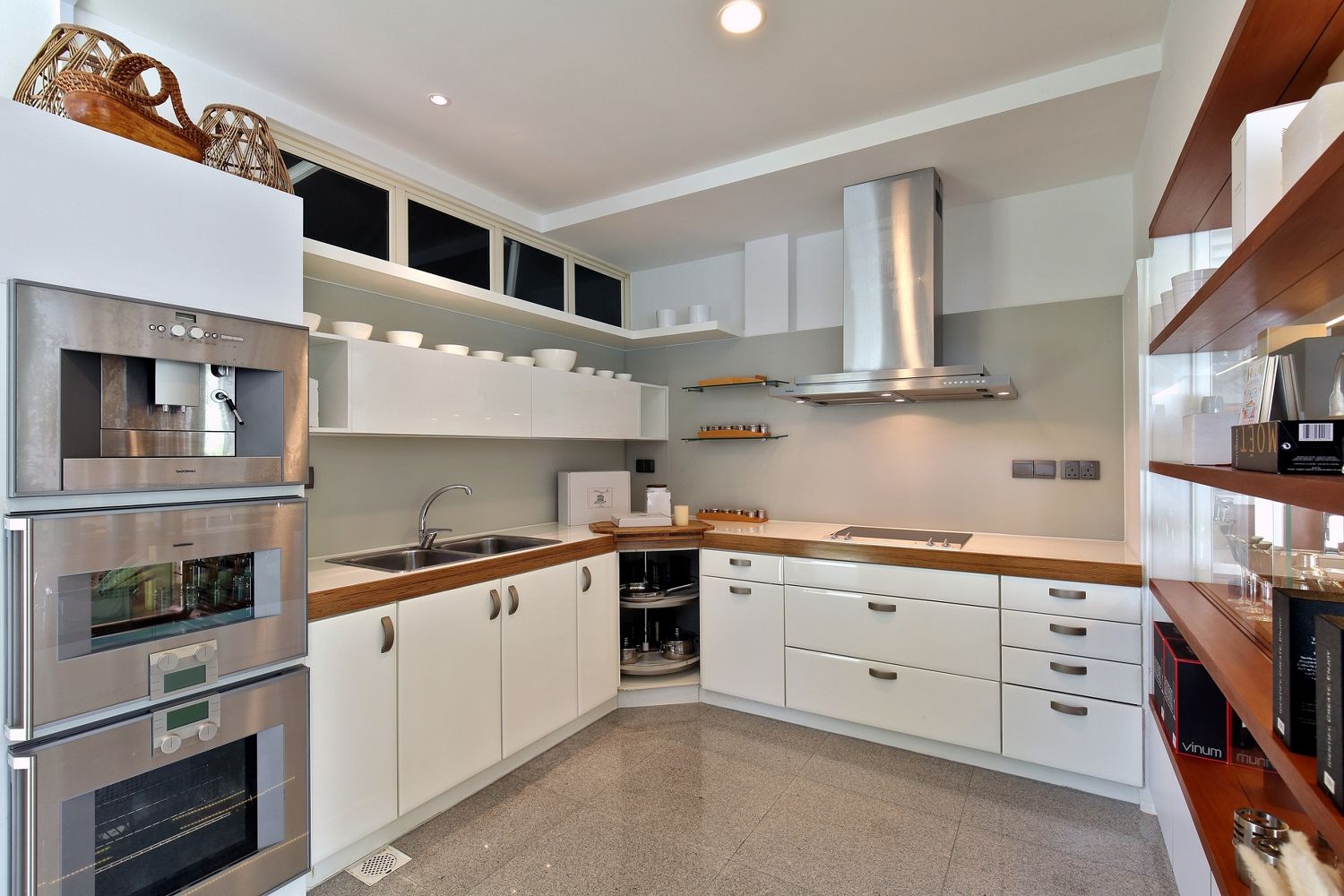
9 of 16
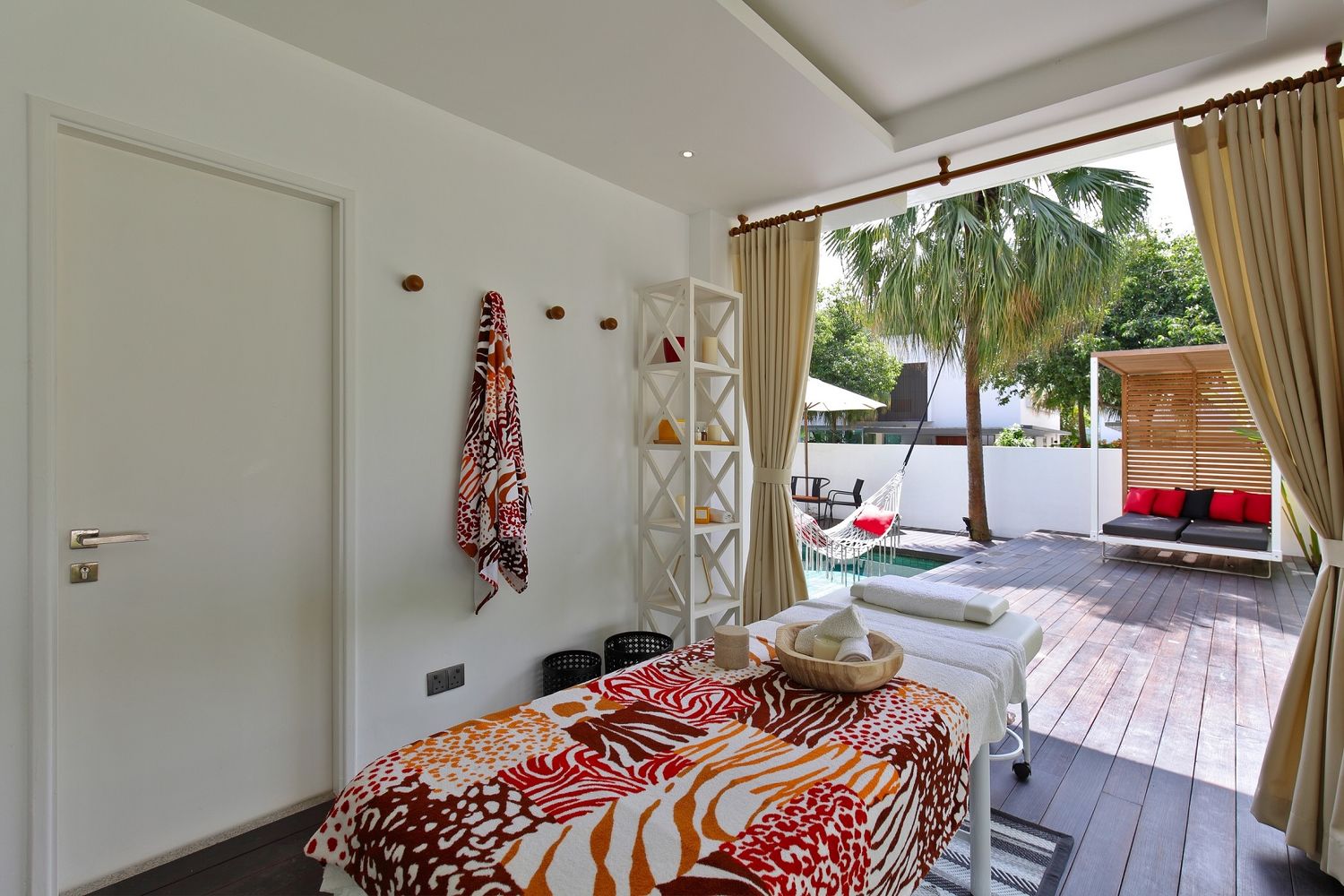
10 of 16
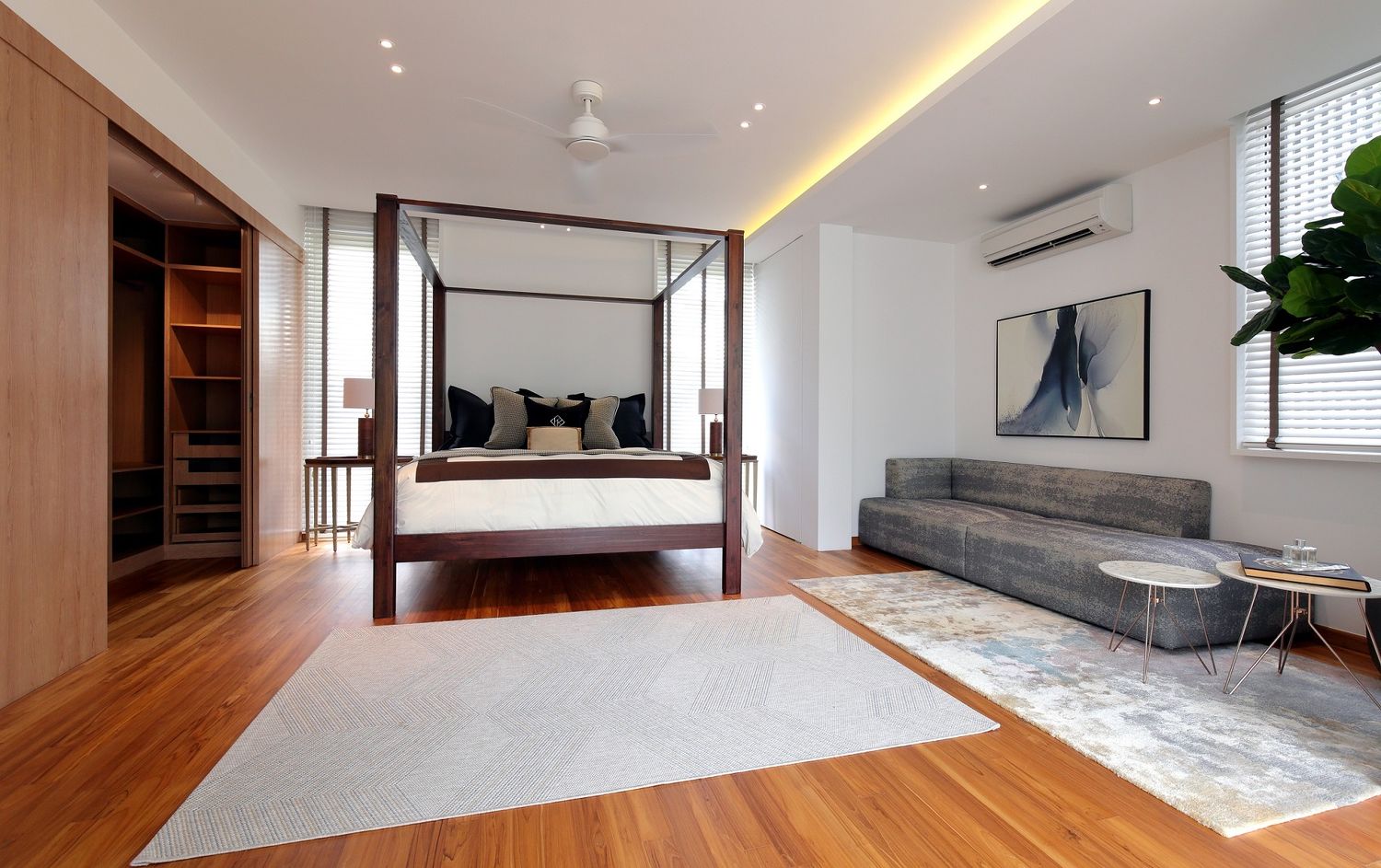
11 of 16
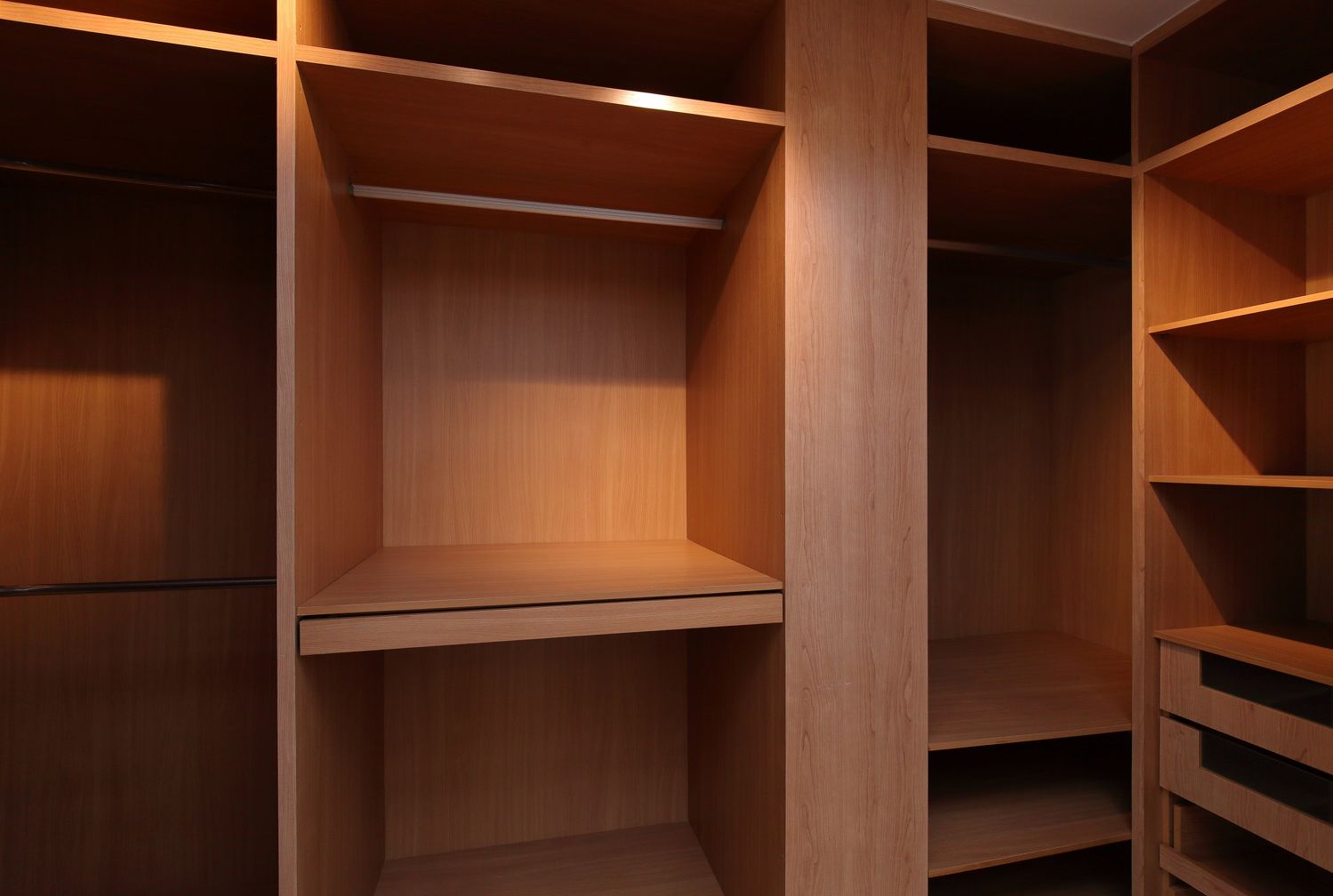
12 of 16
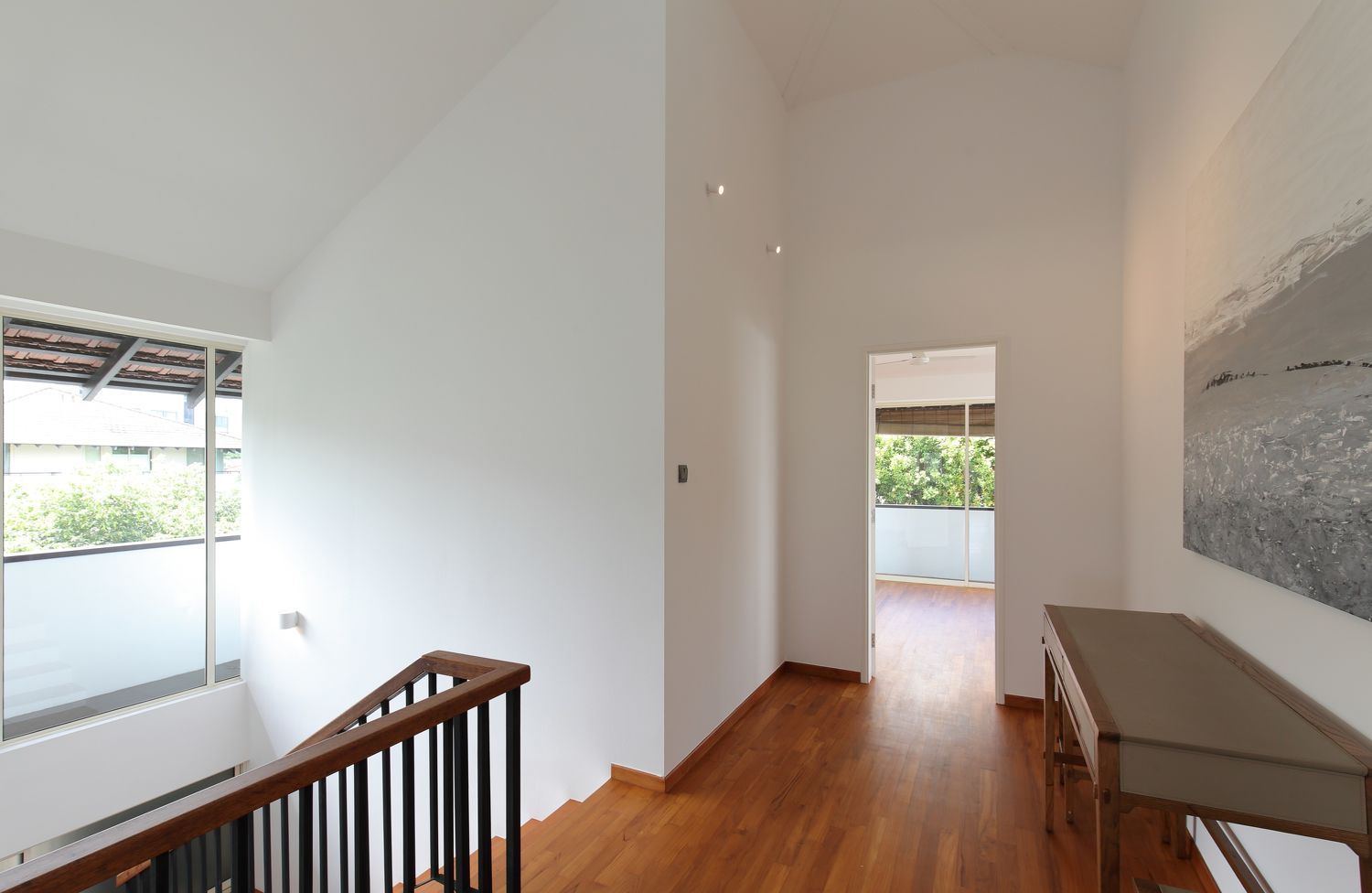
13 of 16

14 of 16
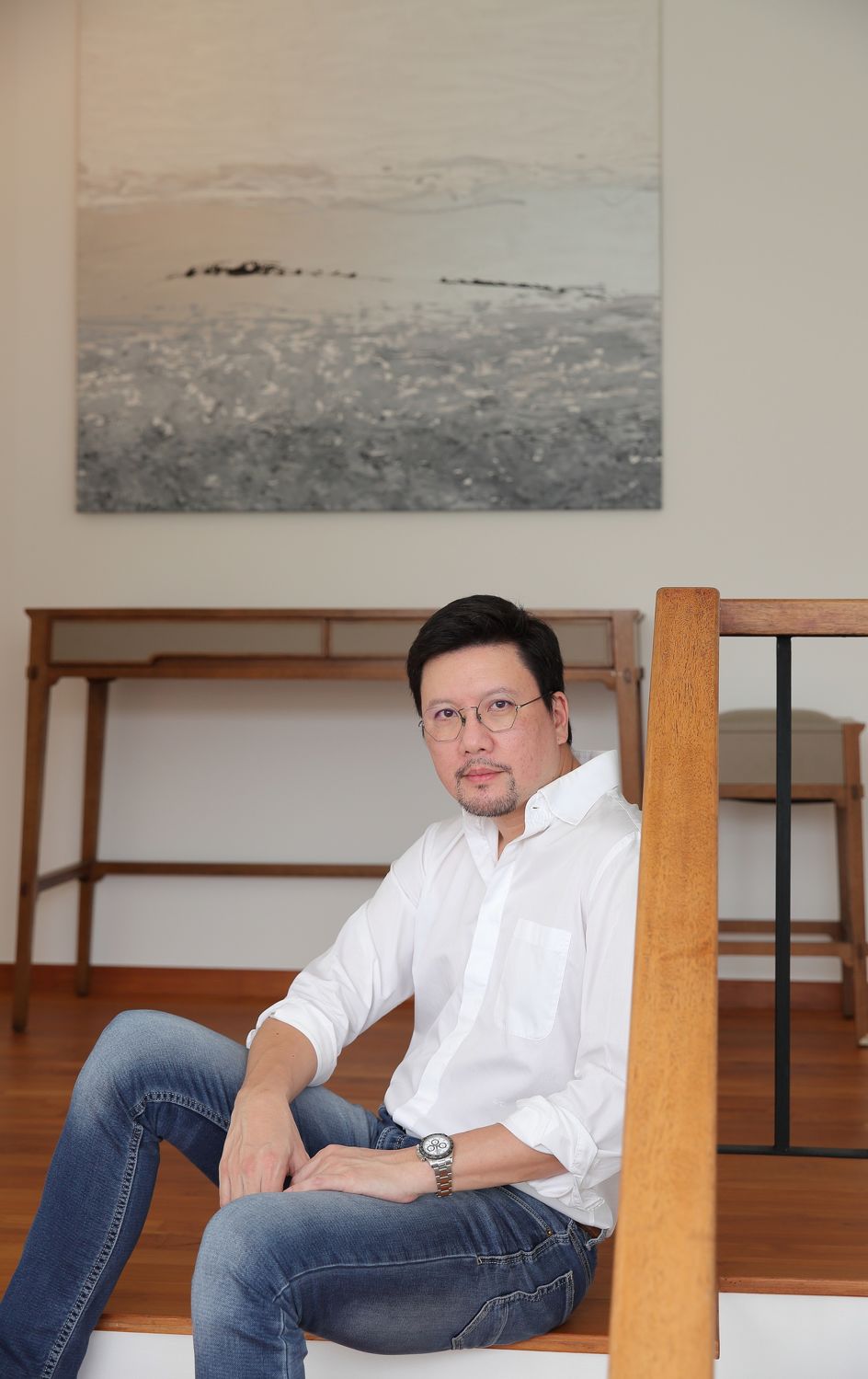
15 of 16
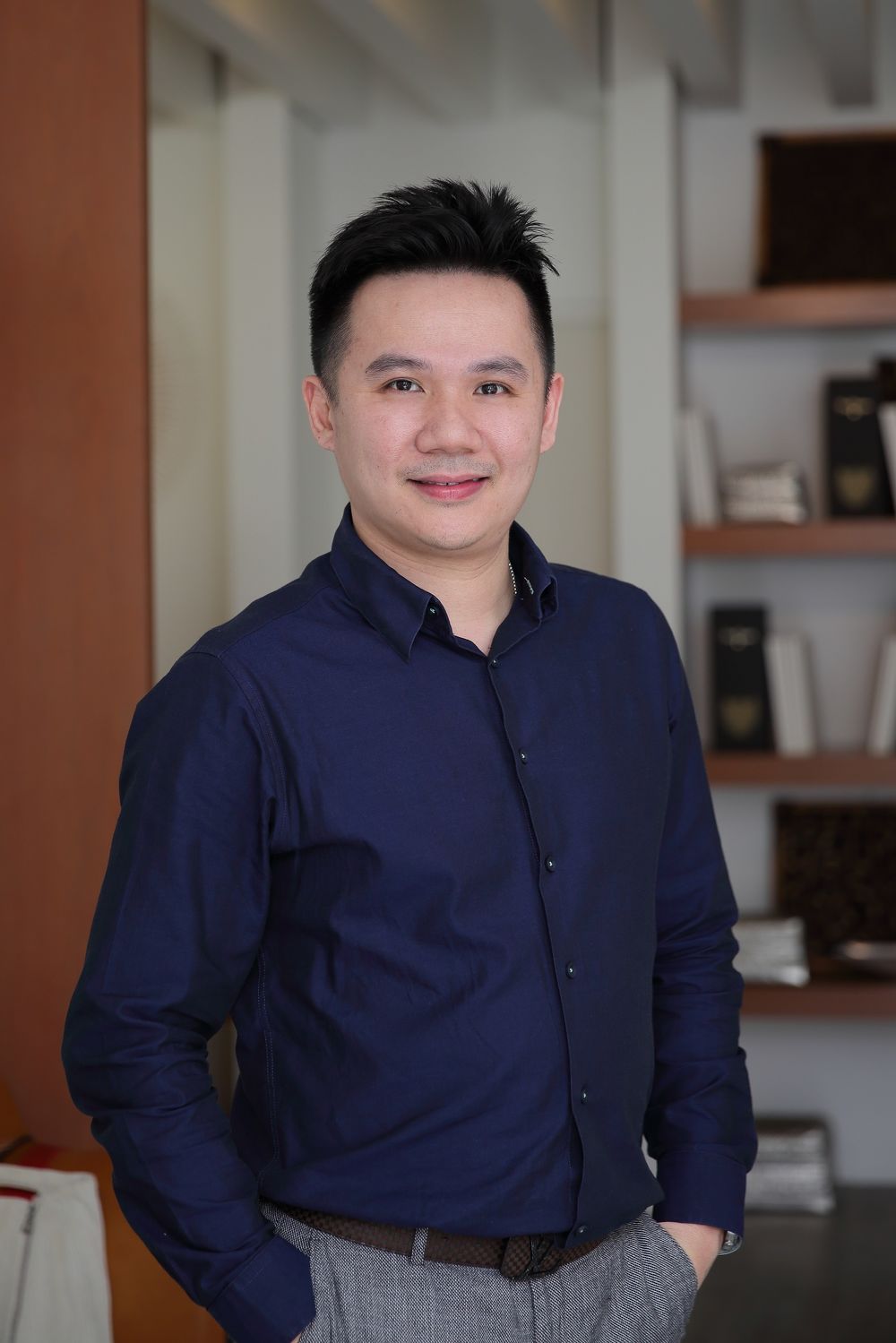
16 of 16

1 of 16

2 of 16

3 of 16

4 of 16

5 of 16

6 of 16

7 of 16

8 of 16

9 of 16

10 of 16

11 of 16

12 of 16

13 of 16

14 of 16

15 of 16

16 of 16
https://www.edgeprop.sg/property-news/covid-19-sparks-designer-sanctuary-home


Follow Us
Follow our channels to receive property news updates 24/7 round the clock.
Subscribe to our newsletter
Advertisement
Advertisement
Advertisement
Top Articles
Search Articles